
ARCHAEOLOGY NEWS – Ancient Digger brings you the latest archaeology news and headlines everyday of the week! Underwater archaeologists ...
 The life of a monk or a nun can be quite sheltered and lonely, although the people that choose to partake in this type of existence have made a choice to forgo all material or social aspects of a humane society. Monks during the time of early medieval society chose this position for spiritual purposes, not aware that their new practices would establish new ideals, the act of moderation and communal life was also being practiced, and women were choosing to dedicate themselves to God thus becoming nuns.
The life of a monk or a nun can be quite sheltered and lonely, although the people that choose to partake in this type of existence have made a choice to forgo all material or social aspects of a humane society. Monks during the time of early medieval society chose this position for spiritual purposes, not aware that their new practices would establish new ideals, the act of moderation and communal life was also being practiced, and women were choosing to dedicate themselves to God thus becoming nuns.



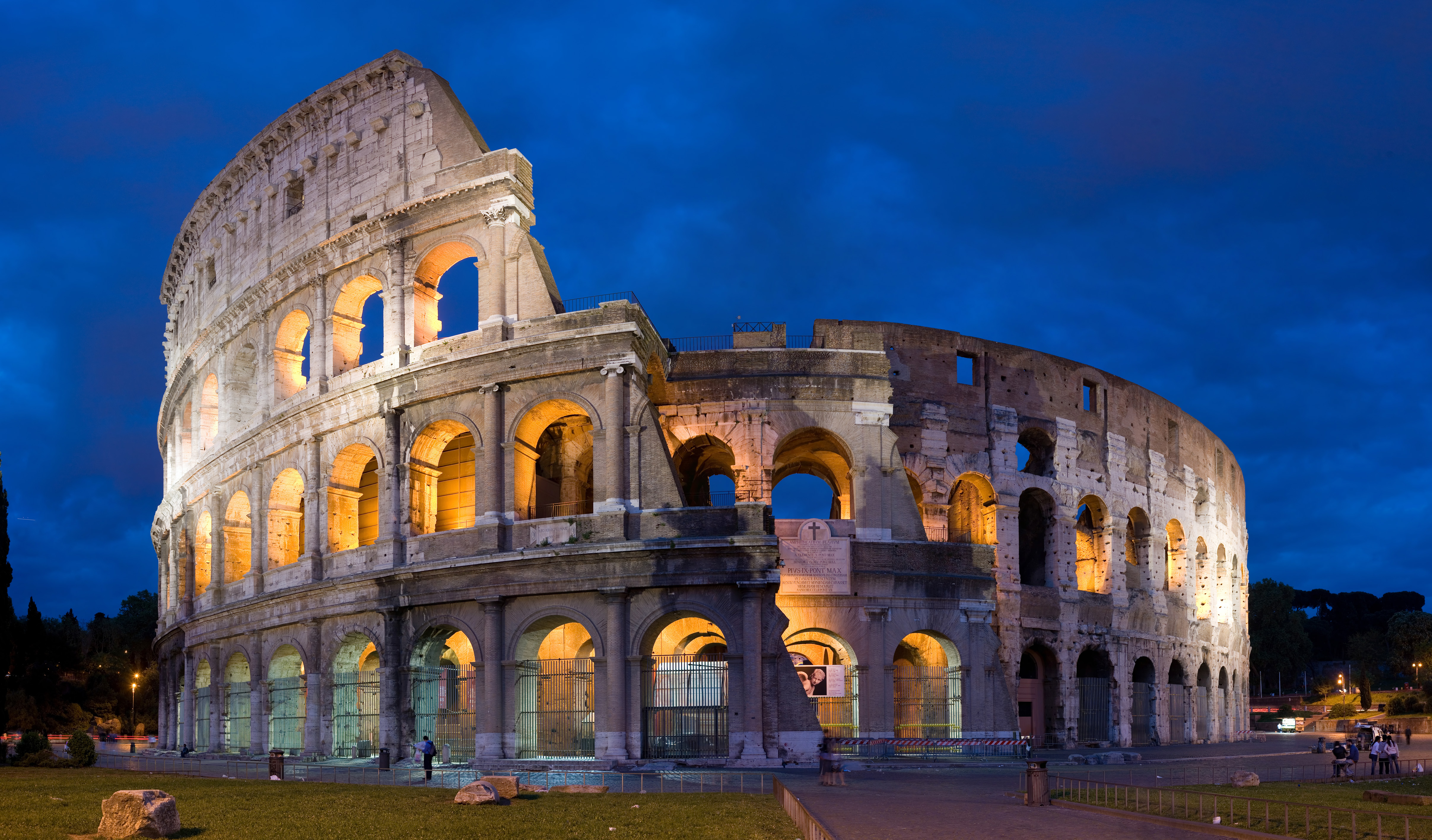



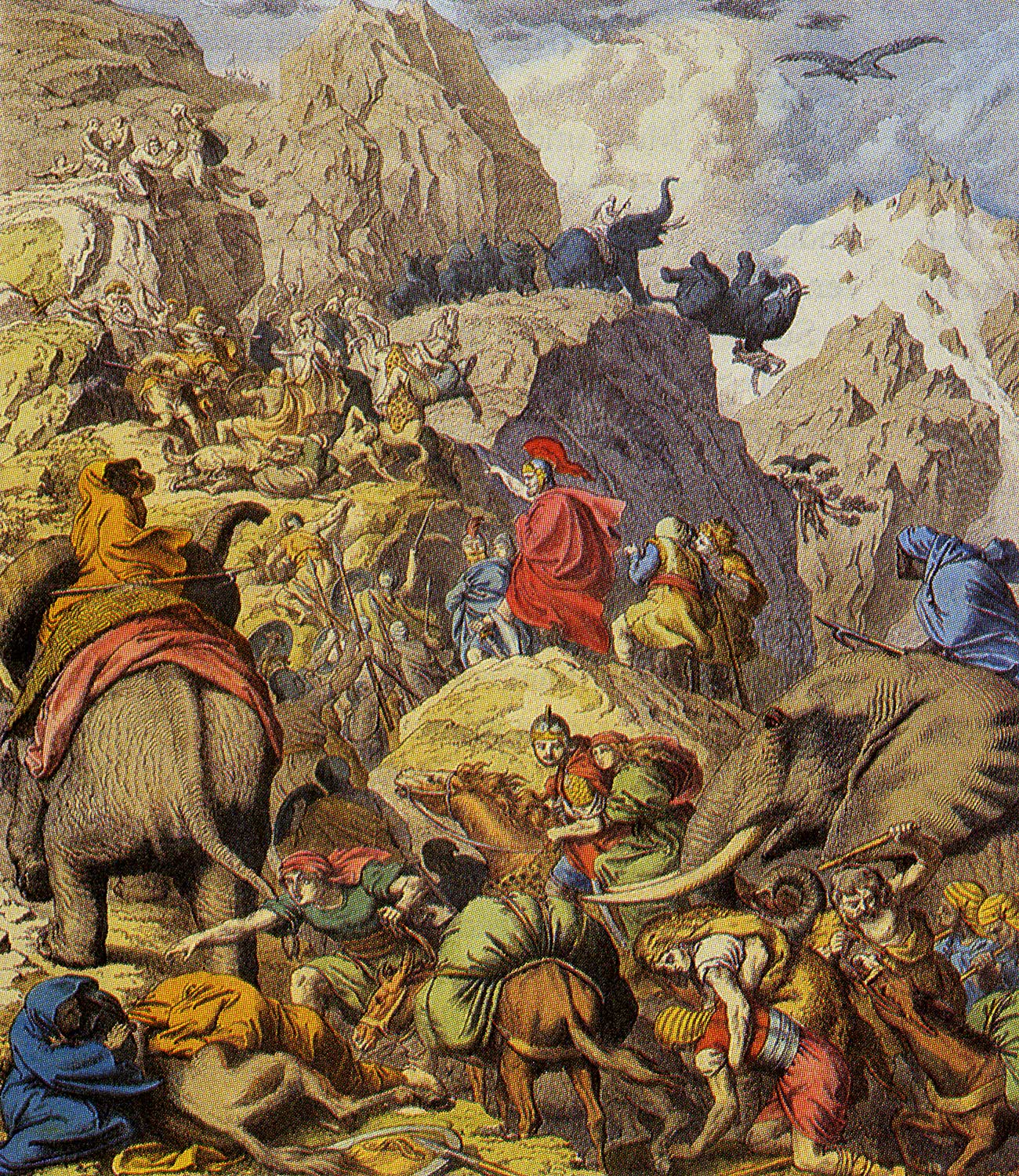 The First Punic War (Punic War 1) began because the Romans decided to intervene in a struggle between two Sicilian cities. The Carthaginians, whom taught that Sicily was under their direct influence, were stricken with jealously of the expansion so they saw this as a cause to go to war. Both sides found it difficult to obtain enough troops to continue the fight, however, after a long drawn out struggle, a Roman fleet defeated the Carthaginians navy off Drepana, Sicily in 242 BC and becomes an enormous Mediterranean power.
The First Punic War (Punic War 1) began because the Romans decided to intervene in a struggle between two Sicilian cities. The Carthaginians, whom taught that Sicily was under their direct influence, were stricken with jealously of the expansion so they saw this as a cause to go to war. Both sides found it difficult to obtain enough troops to continue the fight, however, after a long drawn out struggle, a Roman fleet defeated the Carthaginians navy off Drepana, Sicily in 242 BC and becomes an enormous Mediterranean power.
 For many of you, the archaeological site of Stonehenge has always been shrouded in mystery and we always want to learn more about its mysterious background. I have found the perfect tool to allow you to stay up to date, as well as entertained by the latest discoveries at the site.
For many of you, the archaeological site of Stonehenge has always been shrouded in mystery and we always want to learn more about its mysterious background. I have found the perfect tool to allow you to stay up to date, as well as entertained by the latest discoveries at the site.
 I met Richard Thripp two years ago at Daytona State College where he proceeded to give me a well thought out and inspiring philosophical discussion about religion in this country. He's a genuine person and wonderful photographer.
I met Richard Thripp two years ago at Daytona State College where he proceeded to give me a well thought out and inspiring philosophical discussion about religion in this country. He's a genuine person and wonderful photographer.

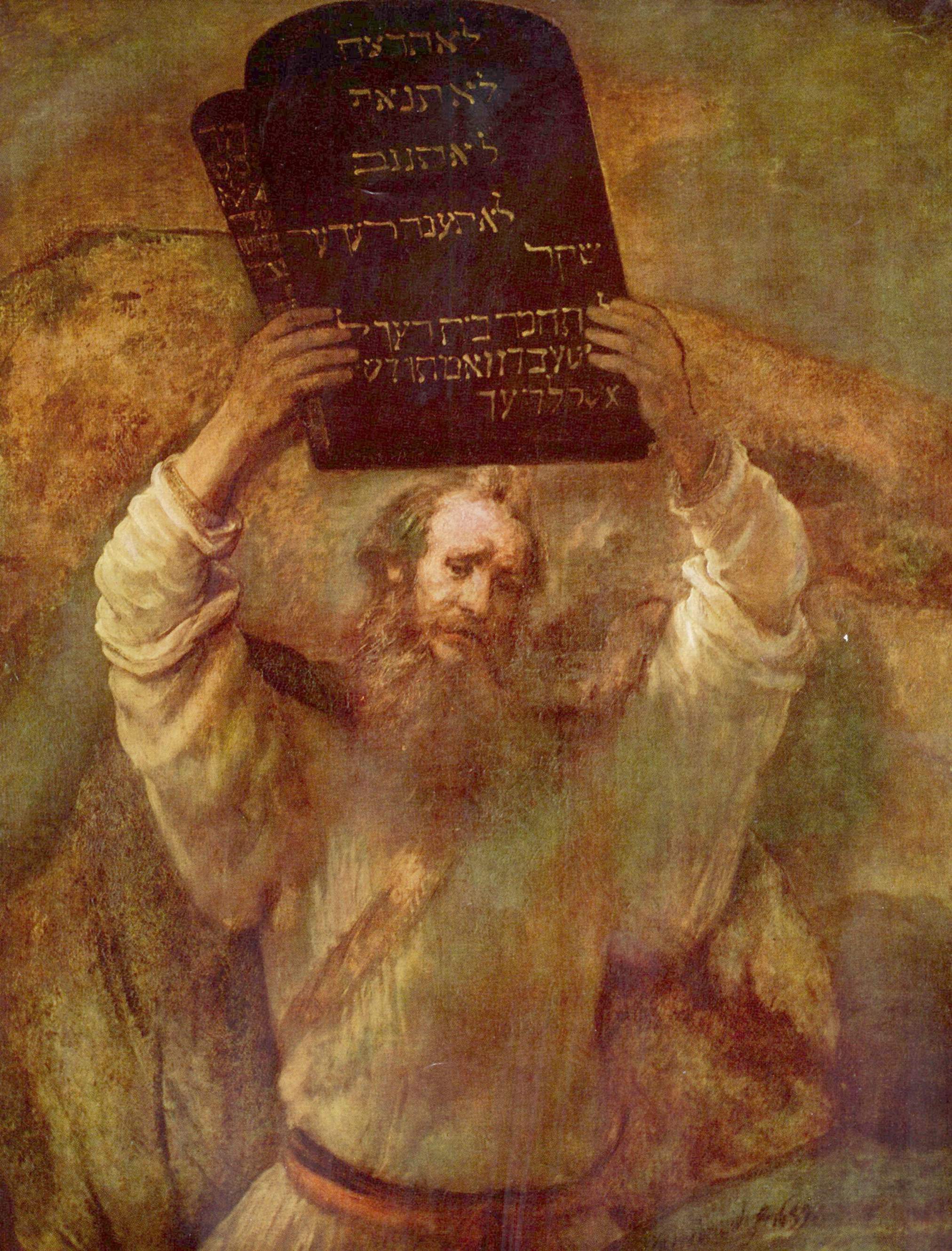
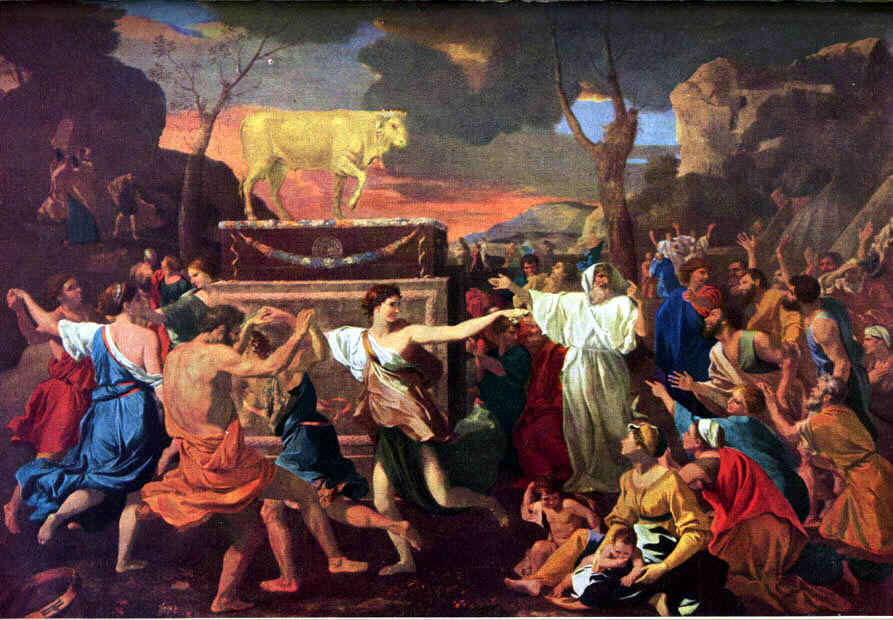


THE Old Testament is a collection of selected writings composed and edited by members of the Hebrew-Jewish community between the twelfth century B.C. and the beginning of the Christian era. It includes such diverse materials as prophetic oracles, teachings of wise men, instructions of priests and ancient records of the royal courts. Some material is historical, some is legendary; some is
legalistic, some is didactic. For the most part the literature was written in
Hebrew, but a few passages were written in Aramaic, a kindred language which
came into common usage among the Jews during the post-Exilic era (after the
sixth century B.C.). Read more about the Old Testament Life and Literature by Gerald A. Larue

As one enters the site today the first stones that one notices are not ancient, but a reconstructed large sandstone horned altar. The stones on which the reconstruction is based were found in the walls of the storehouses from stratum II. Since most of the stone used in these buildings was limestone the excavators noticed the anomalous blocks. Eventually it turned out that three of them had projections (like the "horns" of a horned altar) and a fourth looked as if a horn could have been chipped off. One of these stones had a serpent deeply cut into its surface. Other, similar stones were found in the repairs made to the glacis in this stratum. ~Tim Bulkeley







 One partakes in simple pleasures, by which he meant abstaining from bodily desires such as sex and appetites verging on denial. He argued that when eating one should not eat too heavily, for it could lead to disappointment later such as the grim realization that one could not afford such delicacies in the future. Likewise, sex could lead to increased lust and dissatisfaction with the sexual partner.The Epicureans: In The Pursuit of Pleasure or Just Plain Bums
One partakes in simple pleasures, by which he meant abstaining from bodily desires such as sex and appetites verging on denial. He argued that when eating one should not eat too heavily, for it could lead to disappointment later such as the grim realization that one could not afford such delicacies in the future. Likewise, sex could lead to increased lust and dissatisfaction with the sexual partner.The Epicureans: In The Pursuit of Pleasure or Just Plain Bums Saul of Tarsus has recently become a convert of Christ and here we read that he goes up to Jerusalem to attempt to meet the other disciples and join them. This is understandable and perfectly natural. After recognizing Jesus as the Christ and turning from his old life, Saul desires to meet with others who have had the same experiences. Read more about Saul and the Hellenists By teachersmith
Saul of Tarsus has recently become a convert of Christ and here we read that he goes up to Jerusalem to attempt to meet the other disciples and join them. This is understandable and perfectly natural. After recognizing Jesus as the Christ and turning from his old life, Saul desires to meet with others who have had the same experiences. Read more about Saul and the Hellenists By teachersmith The Romans in their inimitable way to copy everything and then change it to their liking picked out one of the Eternals, Ahura Mithra (Mithras) to venerate him as a god, a religion widely spread in legions especially in the third and fourth century AD. Read more about The Eternal Seven By Lucas Dié
The Romans in their inimitable way to copy everything and then change it to their liking picked out one of the Eternals, Ahura Mithra (Mithras) to venerate him as a god, a religion widely spread in legions especially in the third and fourth century AD. Read more about The Eternal Seven By Lucas Dié

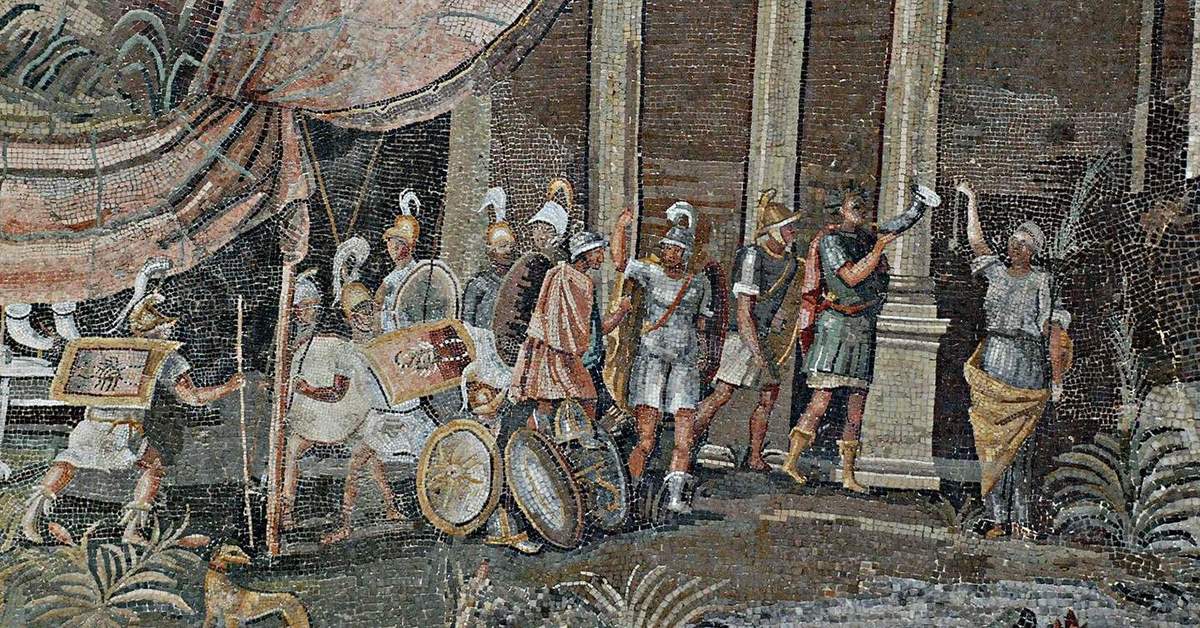
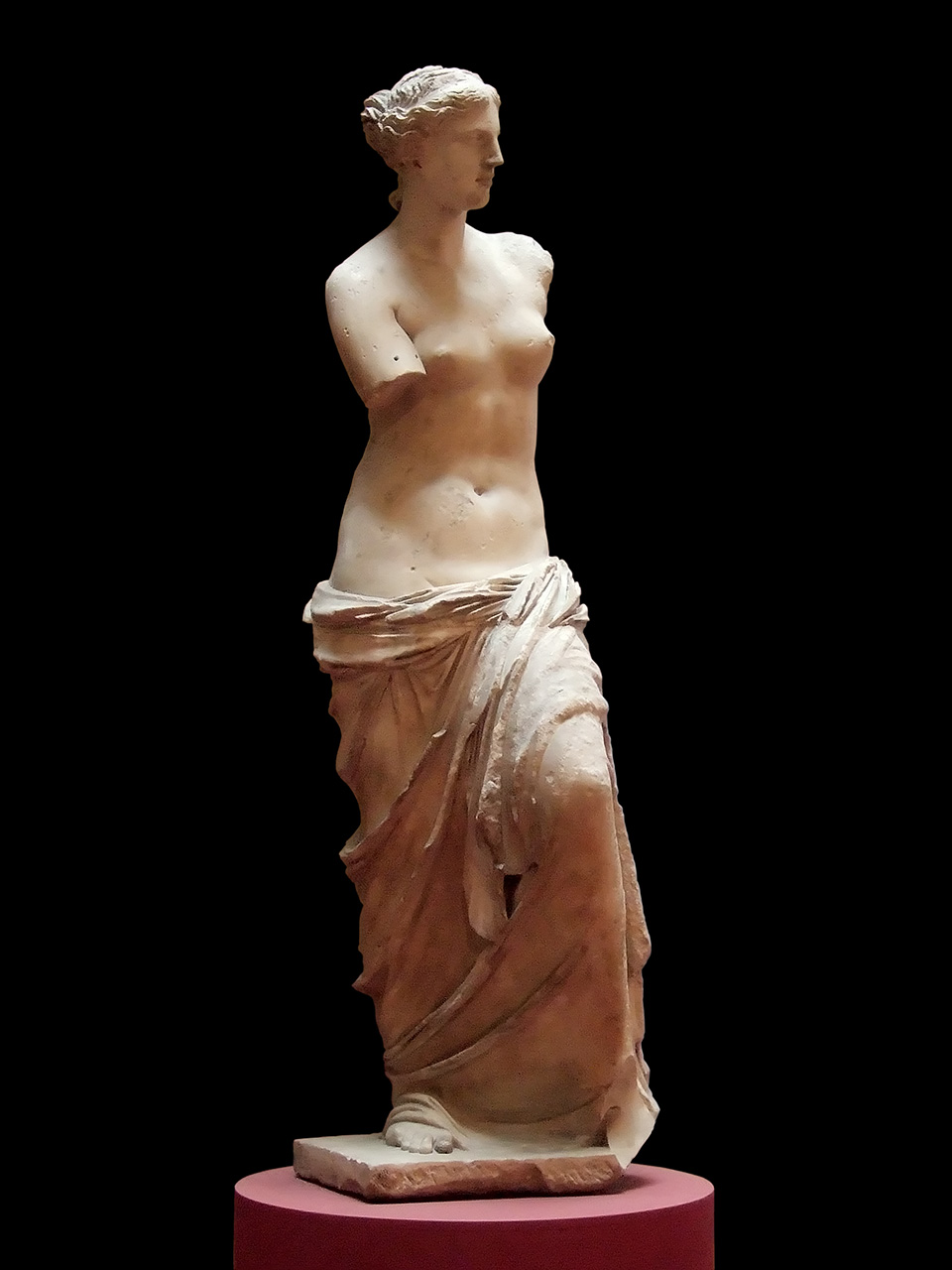

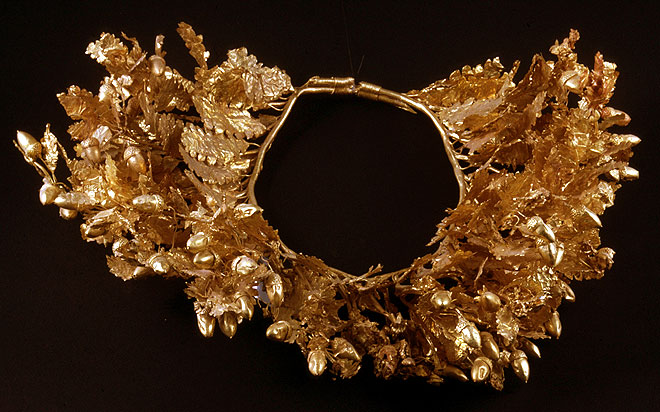






|
Get widget
| Lauren Axelrod is a Full Time Blogger and Educational Consultant. She started Ancient Digger back in 2008 while completing her undergraduate in Anthropology. "The site has provided me an avenue to share my experiences as an anthropology student, as well as provide insight into the field, and which directions the field can take you. Read more about Lauren or contact her. |
Ancient Digger Archaeology Copyright © 2015 LKart Theme is Designed by Lasantha